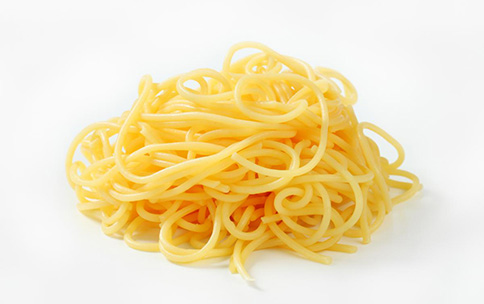
DNA is organized inside the nucleus of a cell like a ball of cooked spaghetti. The organization of DNA can determine whether a gene encoded by the DNA gets turned on or off. Scientists can use high-resolution techniques such as chromosome conformation capture (Hi-C) to examine how pieces of DNA are organized to fit inside the space of the nucleus.
In a recent article, 4D Nucleome program-supported research combined Hi-C with an imaging method – high-throughput fluorescence in situ hybridization – to physically map and visualize regions of DNA. These combined techniques yielded information on the interactions of more than hundred pairs of genes in individual cells. This unique approach revealed that the folding and looping of DNA in 3-dimensional space varies cell-to-cell, and that there is diversity in the frequency of interactions between different regions of DNA. Furthermore, the two copies of a gene – one inherited from each parent – are independent of each other and not packaged in a specific part of the nucleus together. These results suggest DNA packaging and organization is highly variable across a population and within single cells.
This study provides novel insights into the organization of the nucleus, which is a hallmark of the 4D Nucleome program. In addition, these findings lay the groundwork for functional analyses of how genes are organized in a cell. This is important because the organization of genes affects the role they play in health and disease.
References
- Extensive Heterogeneity and Intrinsic Variation in Spatial Genome Organization. Finn EH, Pegoraro G, Brandão HB, Valton AL, Oomen ME, Dekker J, Mirny L, Misteli T. 2019. Cell. Mar 7;176(6):1502-1515.e10. doi: 10.1016/j.cell.2019.01.020.
- In the News: Genome Organization Variation Uncovered With Molecular Mapping Methods(link is external), Genomeweb


